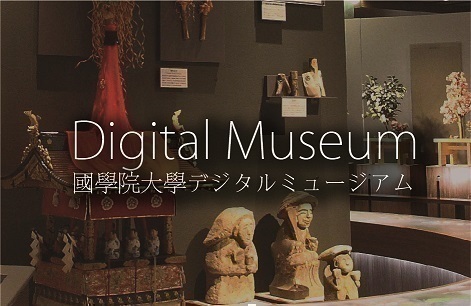- トップ
- Encyclopedia of Shinto
- Hayashi Ōen
Encyclopedia of Shinto
| Main Menu: | |
| Links: |
詳細表示 (Complete Article)
| カテゴリー1: | 8. Schools, Groups, and Personalities |
|---|---|
| カテゴリー2: | Personalities |
| Title | Hayashi Ōen |
| Text | (1797-187) Imperial loyalist and scholar of National Learning (kokugaku) of the late Edo period. Born on the twenty-eighth day of the tenth month of 1797 as the third son of Hayashi Mataemon Michihide, samurai retainer of the Kumamoto Domain, in the Kumamoto castle town of Yamazaki (present-day Kumamoto Prefecture). His lineage name was Ochi, his formal name was Arimichi, his common name was Fujitsugu, and he had the epistolary names Chibajō Rōnin and Ōen. He mastered Japanese native literary texts (kokuten) under Motoori Norinaga's disciple Nagase Masaki, and through this came to revere traditions and practices of the ancient way. Hayashi placed special emphasis on kami rituals, and particularly valued the use of the ritual of sacred "vow" (ukehi) as a means of seeking oracles from the deities. A fervent and pious Japanese nationalist, Ōen was one of the earliest proponents of the "revere the emperor, expel the barbarian (sonnō jōi)" movement. He opened a private academy called the Gendōkan in an estate on the grounds of Chiba Castle, where his teachings influenced many disciples. Students of this academy included representative members of anti-Tokugawa activist groups formed in Kyushu such as Higo Imperial Loyalist Party (Higo Kinnōtō) members Miyabe Teizō, Nagatori Sanpei and Kawakami Gensai, and students who would go on to form the group Shinpūren such as Ōtaguro Tomoo and Kaya Harukata, as well as late-Edo and early Meiji activists Ōmura Masujirō of Chōshū, Shima Yoshitake of Saga, and Maki Izumi of Kurume. Ōen was appointed to the adjunct professorial staff of the academy Jishūkan in Kumamoto Domain in the eighth month of 1868, the first year of the Meiji era, and he also served as advisor to Iwakura Tomomi. A bachelor his entire life, he died at the home of Ōtaguro Tomoo, Shinto priest (shikan) at the shrine Ise kōtai Jingū in Shinkai Village, while receiving ritual purifications and blessings, on the twelfth day of the intercalary tenth month of 1870, at the age of seventy-four. - Hori Mitsuo |




